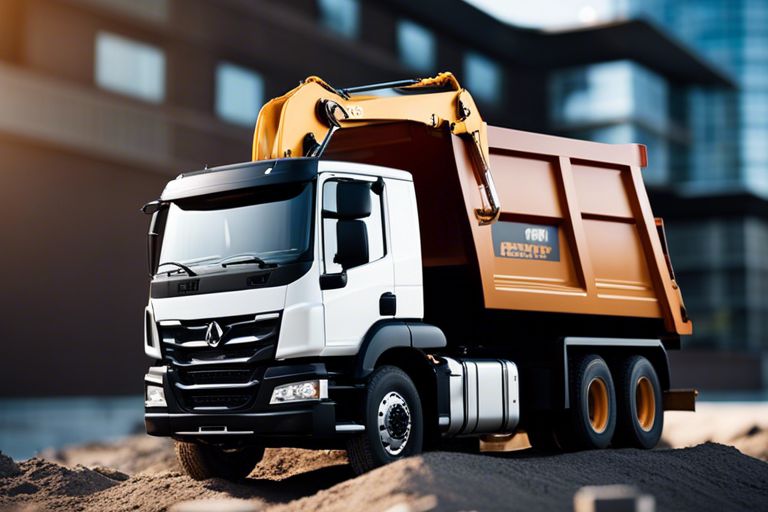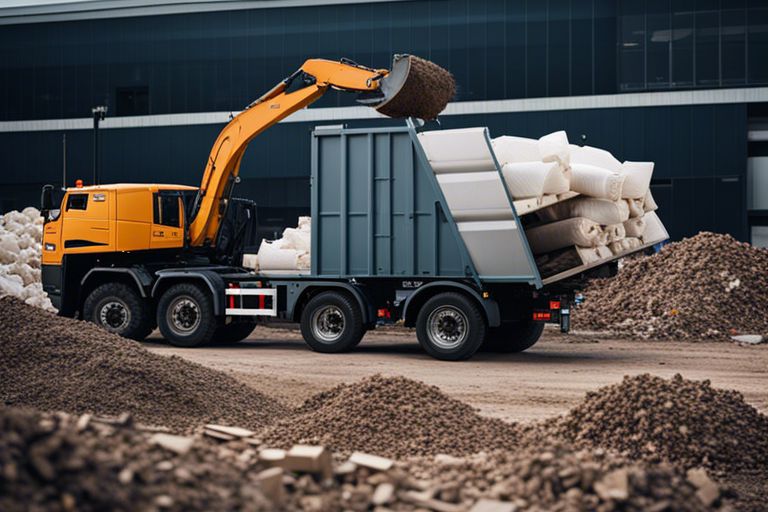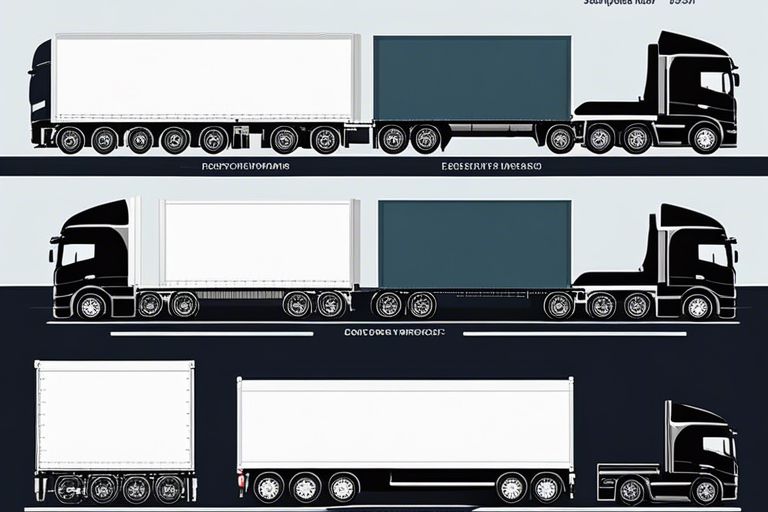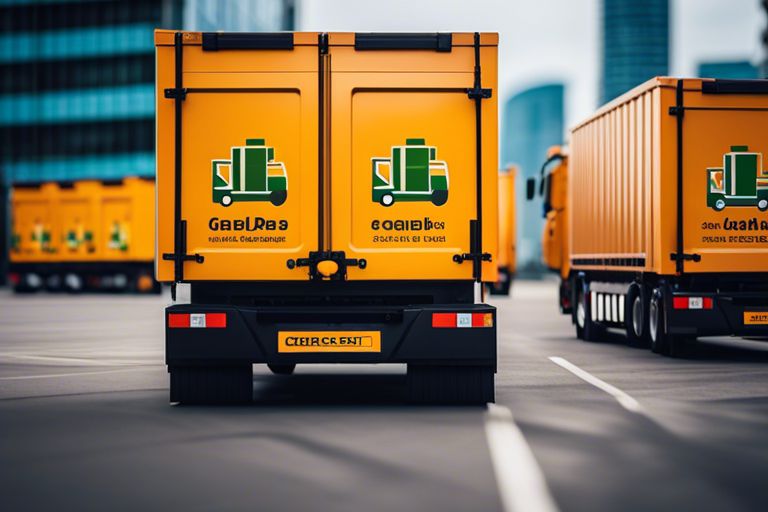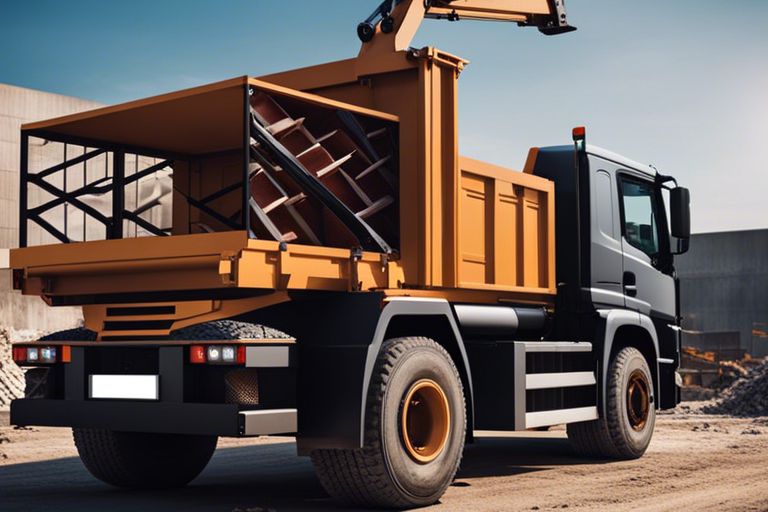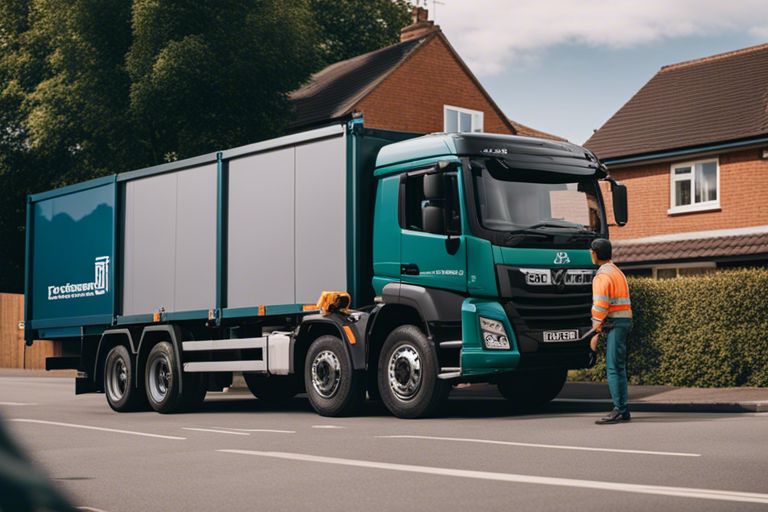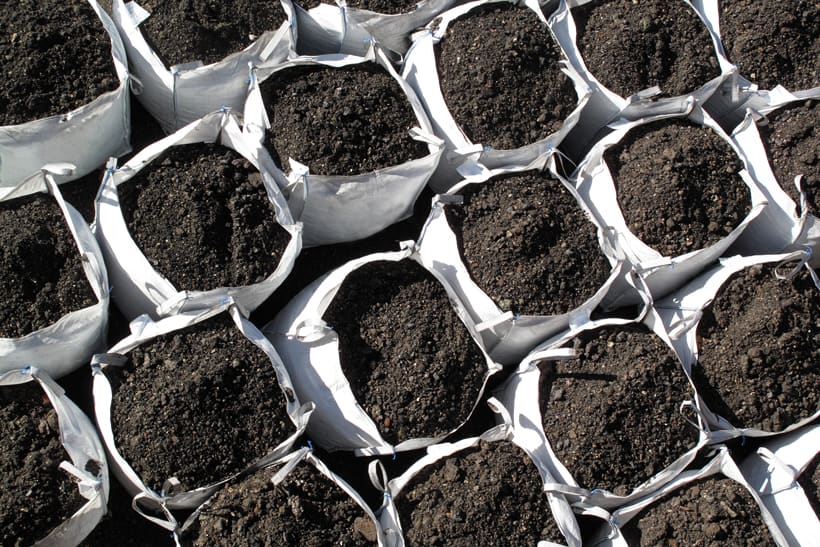Envisage the dilemma: On-site waste sorting offers immediate convenience and control, while off-site waste management provides expertise and efficiency. Both options come with their unique advantages and challenges that must be carefully considered before making a decision. On-site waste sorting allows for a hands-on approach, enabling businesses to closely monitor their waste disposal and actively participate in waste reduction efforts. However, it also requires dedicated resources, space, and time. Contrastingly, off-site waste sorting relieves businesses of the burden of waste management, providing professional expertise and streamlined processes. Nevertheless, outsourcing waste management could potentially lead to loss of control over the disposal process and increase the risk of environmental damage if not properly regulated. It is crucial for businesses to weigh the benefits and drawbacks of each approach to make an informed decision that aligns with their sustainability goals and operational needs.
Key Takeaways:
- On-site Waste Sorting: On-site waste sorting can reduce transportation costs and greenhouse gas emissions by sorting waste at the source.
- Off-site Waste Sorting: Off-site waste sorting can be more cost-effective and efficient, as specialised equipment and trained staff are available at centralised facilities.
- Considerations: The decision between on-site and off-site waste sorting should take into account the scale of operations, available infrastructure, environmental impact, and cost considerations.
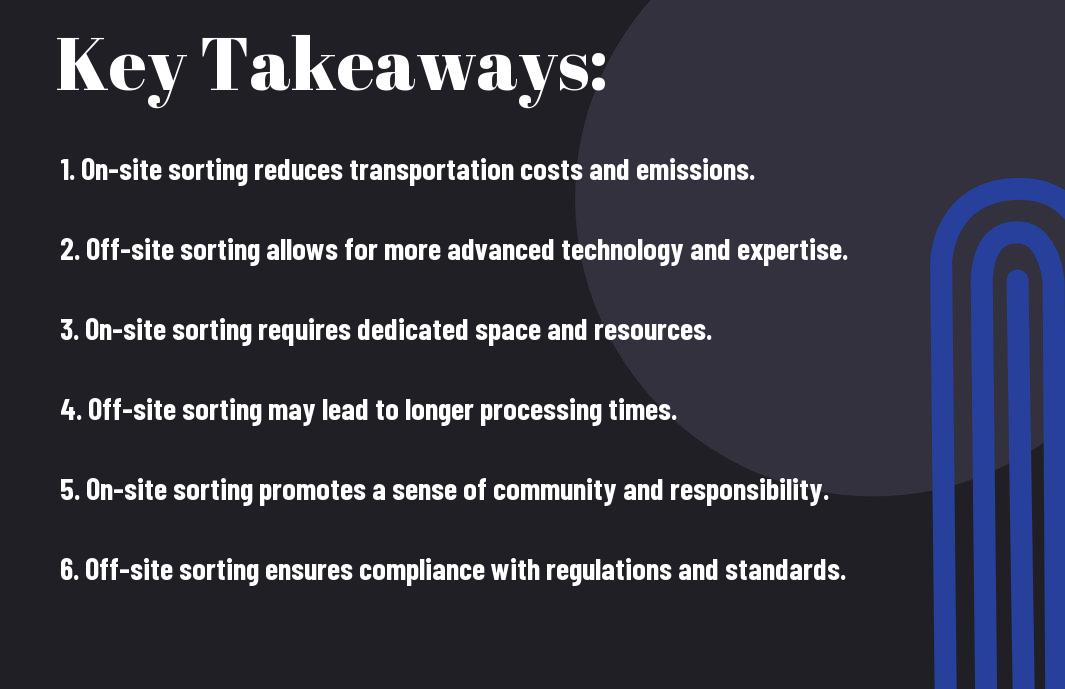
The Importance of Waste Sorting
Waste sorting is a crucial step in managing our environmental impact and working towards a sustainable future. By separating waste at the source, we can reduce the amount of waste sent to landfills and incinerators, minimising the environmental harm caused by these disposal methods.
Proper waste sorting also allows for the recovery and recycling of valuable resources, such as metals, plastics, and paper. This not only conserves natural resources but also reduces the energy and emissions associated with extracting and processing raw materials.
Environmental Impact
On-site waste sorting can help reduce the environmental impact of waste disposal by minimising the amount of waste sent to landfills and incinerators. This reduces methane emissions from decomposing organic waste and decreases air pollution from incineration processes, leading to a healthier environment for all.
Off-site waste sorting facilities have the potential to further reduce environmental impact by efficiently processing and recycling materials that would otherwise end up in landfills. This helps to conserve natural resources and reduce the carbon footprint associated with producing new products.
Economic Considerations
From an economic standpoint, on-site waste sorting can save local authorities and businesses money by reducing the amount of waste sent to costly landfill sites or expensive waste disposal processes. Additionally, the recovered materials from on-site sorting can be sold for recycling, generating potential revenue streams.
However, off-site waste sorting may require initial investment in infrastructure and transportation, but it can lead to cost savings in the long run by optimising the recycling process and generating income from the sale of recovered materials.
Considering both the environmental and economic advantages, it is clear that effective waste sorting is essential for sustainable waste management and resource conservation. Governments, businesses, and individuals all have a role to play in promoting and implementing waste sorting practices to minimise environmental harm and maximise resource recovery.
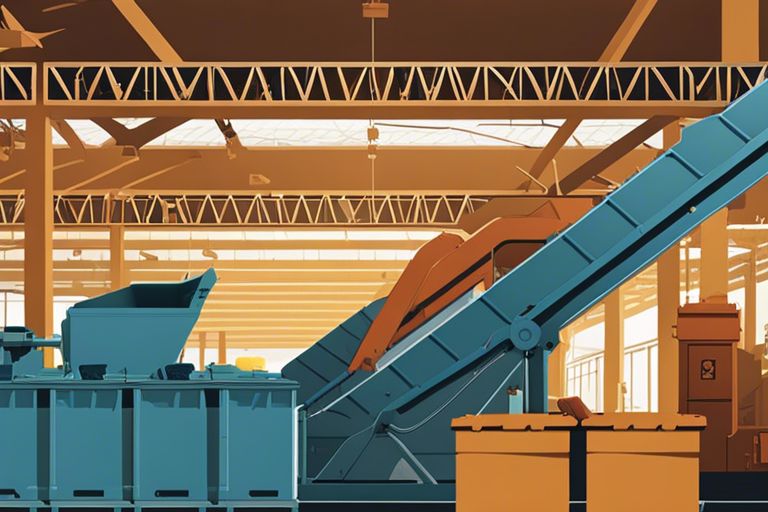
On-site Waste Sorting
Pros of On-site Sorting
On-site waste sorting offers several advantages for both households and businesses. Firstly, it allows for immediate segregation and disposal of recyclable and non-recyclable waste, reducing the overall volume of waste sent to landfills. This not only contributes to environmental sustainability but also lowers waste management costs. Additionally, on-site sorting can raise awareness and promote responsible waste disposal practices among individuals, fostering a culture of sustainability within the community.
Furthermore, on-site sorting provides the opportunity for waste to be repurposed or reused either within the same property or through local donation programmes. This can lead to the creation of new products or materials, contributing to the circular economy. On a larger scale, businesses implementing on-site sorting can enhance their environmental credentials and appeal to environmentally conscious consumers.
Cons of On-site Sorting
On-site waste sorting can, however, be labour-intensive and time-consuming, requiring dedicated resources for the sorting and disposal process. This can be challenging for households or small businesses with limited manpower and resources, leading to potential inefficiencies and errors in waste segregation. Furthermore, the storage and handling of certain types of waste, such as hazardous materials, may pose health and safety risks to individuals involved in the sorting process.
In addition, on-site sorting may require investment in specialised equipment and infrastructure to effectively manage and process different types of waste. This can be a barrier for some households or businesses, particularly those with limited financial capacity or space constraints.
It is important for individuals and businesses to carefully consider the practicalities and resources required for on-site waste sorting, and to weigh the benefits against the potential challenges in order to make an informed decision that aligns with their sustainability goals and capabilities.
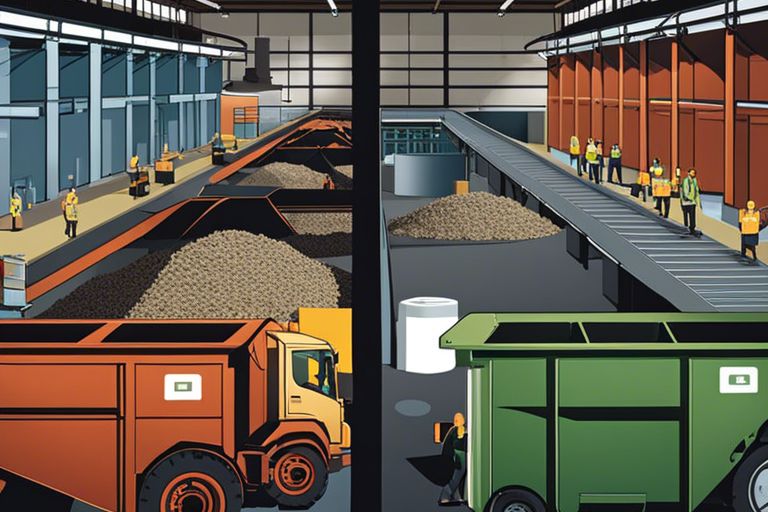
Off-site Waste Sorting
Off-site waste sorting refers to the process of transporting waste to a separate facility for sorting and recycling. This method allows for the use of specialised equipment and expertise to efficiently sort and process different types of waste.
Pros of Off-site Sorting
One of the main advantages of off-site waste sorting is the ability to handle large volumes of waste in a centralised facility. This can lead to increased efficiency and cost savings, as the specialised equipment and processes can handle the waste more effectively than on-site sorting. Additionally, off-site sorting facilities often have the capability to recycle a wider range of materials, which can contribute to higher overall recycling rates.
Cons of Off-site Sorting
However, one of the drawbacks of off-site waste sorting is the potential environmental impact of transporting waste over long distances. This can result in increased air pollution and carbon emissions, especially if the waste is transported using fossil fuel-powered vehicles. Additionally, there is a risk of contamination or improper handling during the transportation process, which can compromise the quality of recyclable materials.
It is important to consider the trade-offs involved in off-site waste sorting, weighing the benefits of increased efficiency and recycling capabilities against the potential environmental drawbacks and transportation-related risks.
Comparative Analysis
When it comes to waste sorting, the choice between on-site and off-site methods can have a significant impact on the overall efficiency and sustainability of a project. To make an informed decision, it’s important to consider the key factors that distinguish these two approaches. An article from Onsite Vs. Offsite Construction | Articles outlines the differences between traditional on-site construction and off-site construction, shedding light on how these differences may apply to waste sorting.
| On-site Waste Sorting | Off-site Waste Sorting |
| Sorting and processing waste at the construction site | Transporting waste to a dedicated facility for sorting and processing |
Effectiveness of Waste Sorting Methods
Both on-site and off-site waste sorting methods have their strengths and limitations. On-site waste sorting allows for immediate segregation of waste materials, ensuring that recyclable items are not contaminated with general waste. However, it requires dedicated space and resources at the construction site. On the other hand, off-site waste sorting provides access to specialised equipment and processes, but transportation adds an extra layer of logistical complexity and potential environmental impact.
Assessing Site Requirements and Resources
Before choosing a waste sorting method, it’s essential to assess the specific requirements and resources of the construction site. Factors such as available space, manpower, and infrastructure will play a crucial role in determining the most suitable approach. On-site waste sorting may be more feasible for larger sites with ample space and resources, while smaller or confined sites may benefit from the efficiency of off-site waste sorting.
Considering the site’s location and surrounding environment is also vital in making an informed decision. Local waste management regulations and facilities, as well as the proximity of recycling centres, can greatly influence the effectiveness of the chosen waste sorting method. It’s important to conduct a thorough evaluation of these factors to ensure compliance with environmental standards and maximise the positive impact of waste management practices.
The Pros and Cons of On-site vs. Off-site Waste Sorting
After carefully considering the pros and cons of on-site and off-site waste sorting, it is evident that both approaches have their advantages and drawbacks. On-site waste sorting allows for immediate disposal and management of waste, reducing the need for transportation and potential contamination during the process. However, it also requires adequate space and resources to carry out the sorting effectively. On the other hand, off-site waste sorting can be more cost-effective and efficient, as specialised facilities and equipment are available. Nevertheless, it may result in increased transportation and carbon emissions, as well as potential delays in waste management. Ultimately, the decision between on-site and off-site waste sorting should be based on the specific needs and resources of each project.
On-site and Off-site Construction-Pros and Cons
FAQ
Q: What are the pros and cons of on-site waste sorting?
A: On-site waste sorting allows for immediate segregation and management of different types of waste, reducing contamination and increasing recycling rates. However, it requires space, resources, and manpower to implement effectively.
Q: What are the pros and cons of off-site waste sorting?
A: Off-site waste sorting can be more cost-effective and efficient as it is typically handled by specialised facilities. However, it may result in longer transportation distances and potential contamination during collection and transportation.
Q: How does on-site waste sorting benefit the environment?
A: On-site waste sorting reduces the amount of waste sent to landfills, promotes recycling, and minimises environmental pollution. It also encourages responsible waste management practices at the source.
Q: What are the challenges of implementing on-site waste sorting?
A: Implementing on-site waste sorting requires significant initial investment, space allocation, and ongoing management. It also necessitates employee education and participation to ensure proper waste segregation.
Q: How can off-site waste sorting be made more sustainable?
A: Off-site waste sorting can be made more sustainable through collaboration with local recycling facilities, using efficient transportation methods, and prioritising the reduction of contamination during waste collection and handling.

